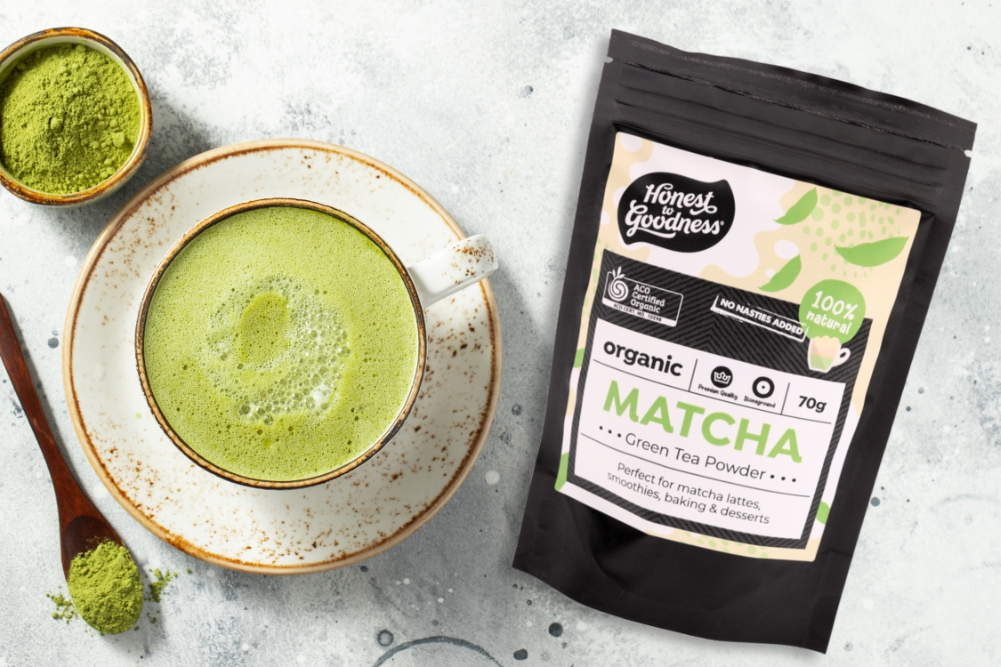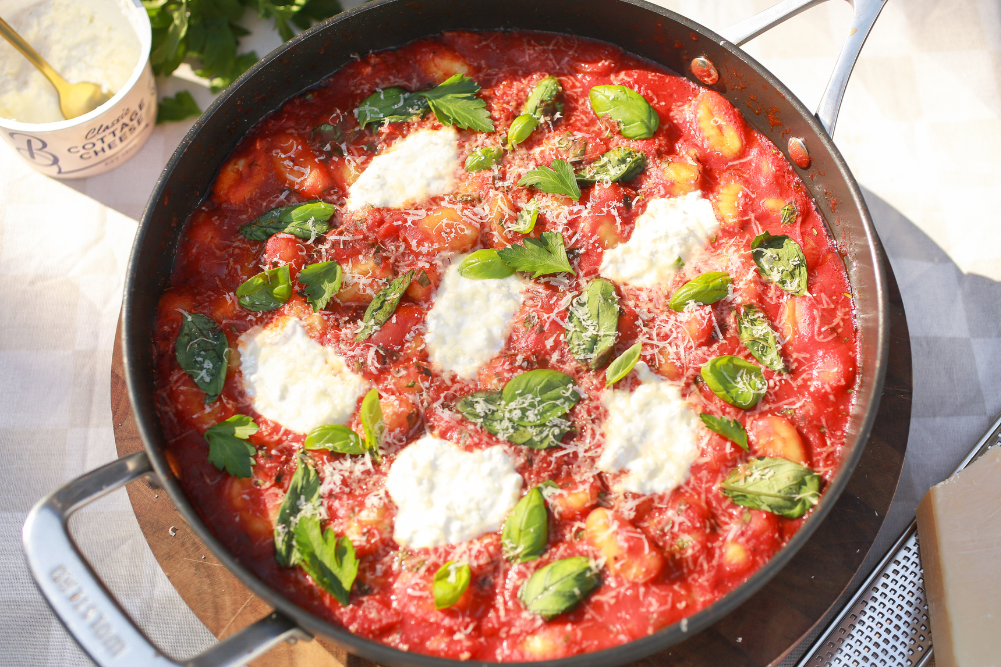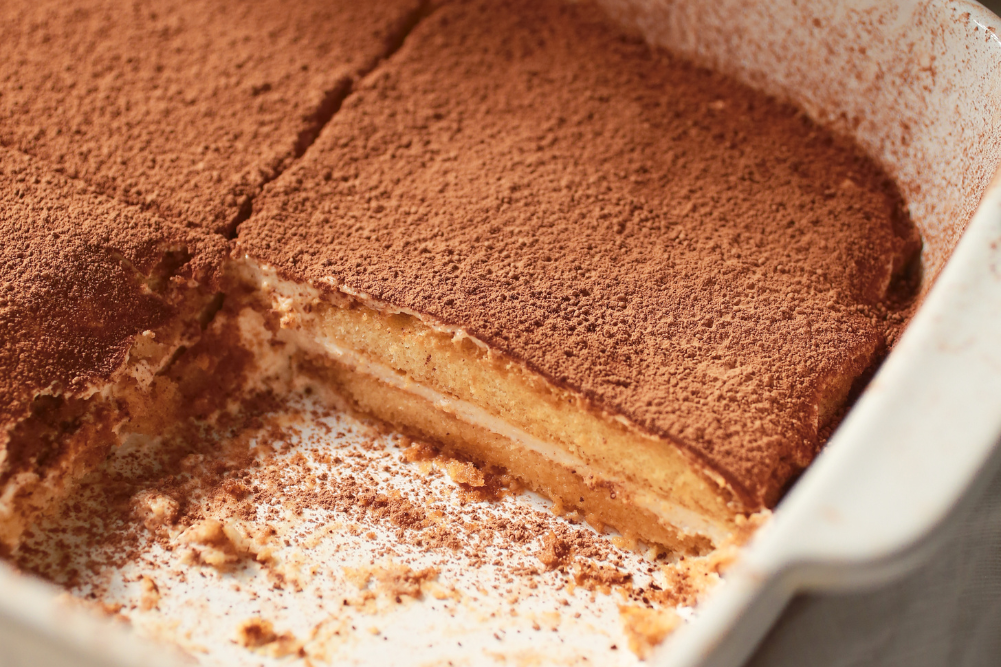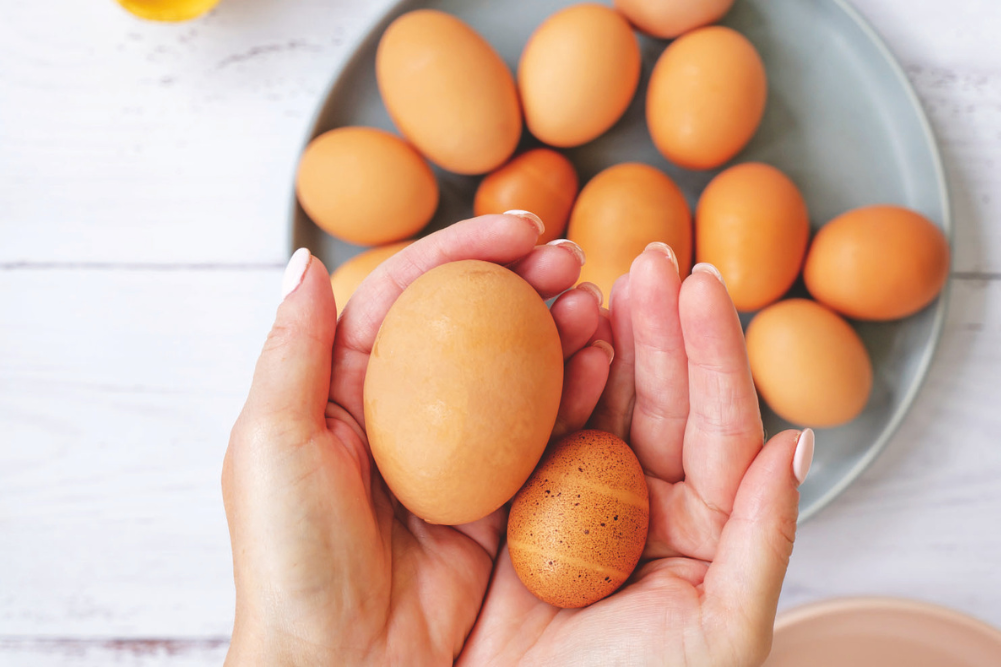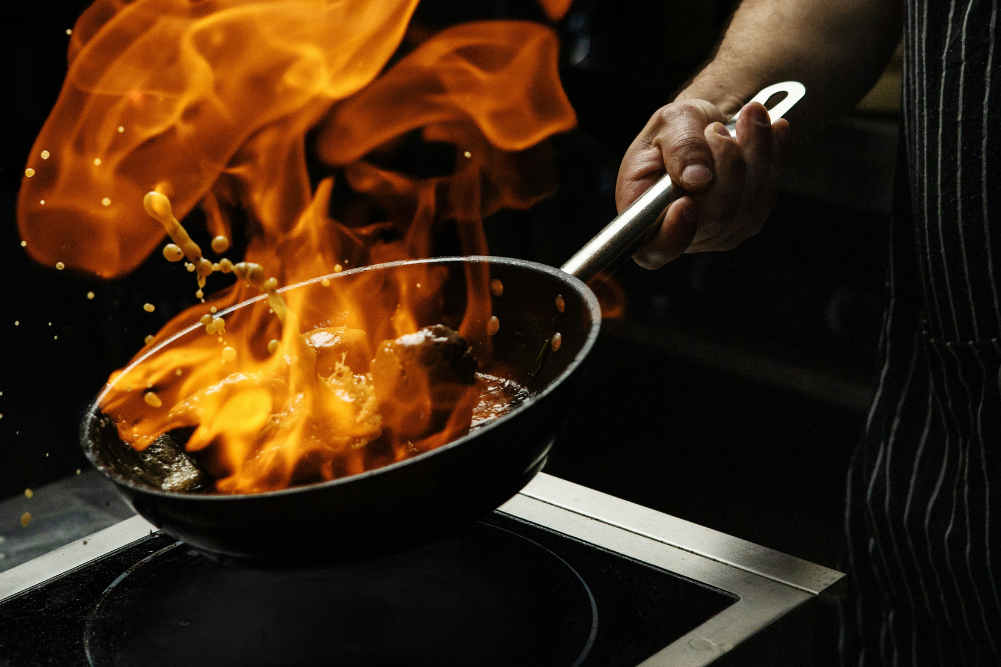Warm Grape & Walnut Salad
Warm Grape & Walnut Salad
Grapes are very long lived and vines can survive for a century or more. They tolerate all sorts of soils and climates and are drought-hardy due to their deep roots.
Servings
2
Prep time
Cook time
Recipe
Ingredients
- 1 tbsp sesame seed oil
- 1 celery stick, sliced on an angle
- 1 carrot, peeled into ribbons
- ½ cucumber, peeled into ribbons
- ½ fennel bulb, thinly sliced
- 2 spring onions, sliced on an angle
- 10 grapes, halved
- 50g walnuts
- 50mL red-wine vinegar
Method
- Heat sesame oil in a wok over medium heat.
- Add all ingredients except red-wine vinegar and toss through the heated oil for 2 mins.
- Add vinegar, toss and infuse for 30–40 secs.
- Serve in an iceberg lettuce boat.
Tried this recipe? Mention @wellbeing_magazine or tag #wbrecipe!




